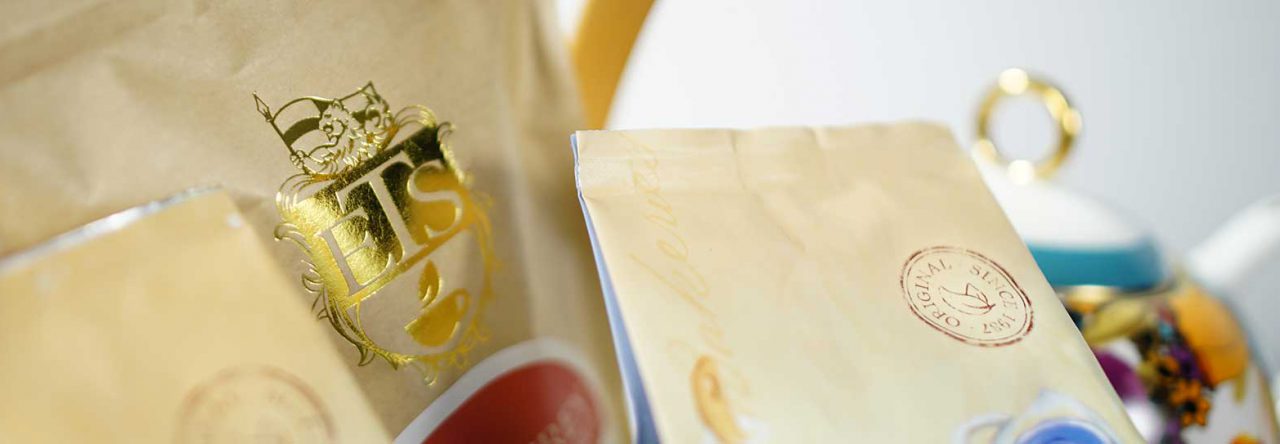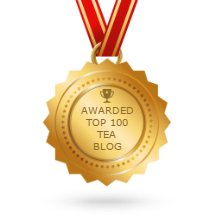
You could make the argument that tea is the perfect drink for any time of day. But, to be fair, if you’re sensitive to caffeine (present company included) you may not want to pound down a cup or four right before turning in tonight.
Of course, the fact that tea provides a nice pick-me-up probably has something to do with the fact that breakfast tea is one of the more popular blended varieties, one that comes in all manner of formulations and one that you can read more about in a recent article posted in these pages.
But what happens when afternoon rolls around and it’s time for a cup of tea? Well, chances are most tea drinkers are going to look for something a little lighter than the robust black teas that are blended to make breakfast tea. But first let’s make a distinction regarding the term “afternoon tea” itself.
Some might quibble when it comes to the exact meaning of afternoon tea, of which author Henry James said; “There are few hours in life more agreeable than the hour dedicated to the ceremony known as afternoon tea.” But most of us can probably arrive at a consensus on the fact that it’s a light meal, served with tea, anytime in the mid to late afternoon hours.
If you’re picturing an oftentimes ritzy event/meal that’s likely to include cucumber sandwiches, scones and whatnot, then you’re probably thinking of afternoon tea. Some people may refer to this as high tea, but purists will point out that this is an evening meal in British-influenced parts of the world that would equate to what many of us call dinner or supper.
But is there such a thing as an afternoon tea, as in tea, the beverage? A cursory research effort shows that there are a number of tea merchants who offer such a product. Among them, Twinings of London, Dilmah, Ahmad and Taylor’s of Harrogate, just to name a few.
Afternoon teas are usually lighter than the more robust breakfast teas, but typically will still make use of black tea varieties. Of these, Darjeeling seems to be one of the most popular choices, though blends such as the one by Twinings uses a mix of Keemun and Ceylon and others may also include black teas grown in Kenya or in India’s Assam region and perhaps even flavorings.
Don’t forget to check out William’s blog, Tea Guy Speaks!



Leave a comment